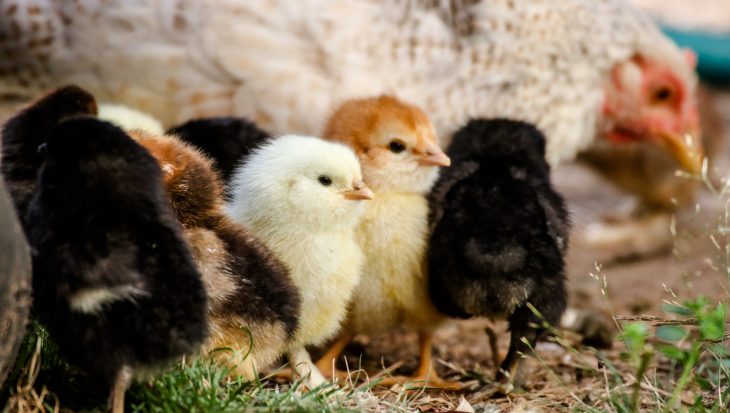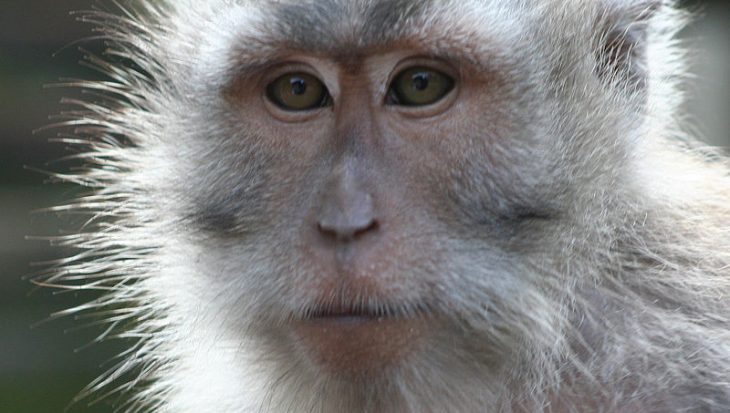On October 10th 2011, the British Horseracing Authority’s new rules on whip use were implemented. The rules were the culmination of a year-long consultation led by a dedicated Review Group. Jockeys would be limited to seven cracks of the whip in flat races and eight in jump races. If they broke the rules, they faced longer bans, and could forfeit their riding fee and their percentage of any winnings.
Outrage followed. ‘You can’t test yourself to the limit anymore’, complained British champion jockey Tony McCoy. ‘These are bad rules,’ added Irish champion jockey Johnny Murtagh, vowing to ride less in Britain unless the BHA U-turned immediately. One prominent jockey, Richard Hughes, even quit riding completely in protest. All of these stories made the national press, with racing journalists queuing up to side with the high-profile jockeys and to damn those who want the whip banned completely – notably, Animal Aid.
The BHA weathered the storm for two weeks. Then, on October 21st, they caved in. The limits placed on whip use in the final stages of races were abandoned. Rule-breaking jockeys would not have their riding fees taken away and their share of the prize money would only be forfeited in more serious cases. In a further climb-down on November 11th, bans for whip abuse were slashed from five days to two days (for first offences) and from ten days to four days (for second offences). All penalties previously imposed on whip-happy jockeys were commuted accordingly.
Still riders weren’t satisfied. ‘The rules and penalties as amended are still too strict,’ warned Professional Jockeys’ Association spokesman Kevin Darley, ‘and there will inevitably be more difficulties to overcome in the weeks and months ahead.’
What this piece focuses on is not the whip ban itself but the way in which leading jockeys give the false impression that change is neither necessary nor desirable. The script is simple: the public must be ‘educated’ about how great the whip is; interfering animal welfare groups should keep their noses out; even minor changes to the rules are unacceptable. These lines are uncritically repeated by sports journalists and appear daily on internet forums and social media. But to what extent do the pro-whip arguments hold water? And to what extent are they part of a systematic, well-funded public relations offensive designed to protect a change-resistant sport from moving with mainstream public opinion?
Many case studies could lay bare the way in which the pro-whip propaganda machine works, but this piece focuses primarily on an internet blog by Sean Boyce (boyciesblog.wordpress.com/). Mr Boyce is an employee of the free-to-air TV channel AtTheRaces and his blog first appeared around the time that the changes to the whip rules were announced. During the blog’s first month, all five entries were about one issue: the whip. Indeed, at the point of writing, ‘Boycie’s Blog’ has referred to no aspect of the sport other than the whip ban, despite several major horse race meetings having taken place, including Champions Day at Ascot and the Breeders Cup at Churchill Downs.
Each of Mr Boyce’s blogs is self-promoted via Twitter. Though his views are said not to reflect those of AtTheRaces, he boasts of ‘private conversations with the BHA, RSPCA, several trainers, several jockeys and others.’ His rhetoric is often deeply emotive, as this response to polite criticism from a blog reader demonstrates:
If you think that racing can survive the butchery exercised upon it by these brutally naive and ill-considered rules you need to pay closer attention.
However, ‘closer attention’ reveals that not everyone feels the same as Mr Boyce. When the BHA commissioned a survey from SMG/YouGov, they found that 57% of the British public wanted the whip banned in horse racing. Among followers of horse racing, a significant 47% thought current penalties were too lenient; among non-followers, the proportion rose to 64%. Over half of the respondents took the common-sense view that jockeys’ riding fees and prize money should be withheld if the whip rules were broken.
‘Closer attention’ also reveals that at least one British racecourse is desperate to go whip-free. According to Towcester’s general manager, Kevin Ackerman, there has been a ‘groundswell of public opinion’ against the whip. The owner of Towcester racecourse, Lord Hesketh, added: ‘We believe this is the way forward for the industry’. Indeed, when two surveys were taken at the track in May, a clear majority of racegoers said they would prefer to see the whip banned. How did jockeys respond? By refusing to carry out any on-course television interviews in protest.
Even within the tightly knit jockey circles, however, not everyone is on-message. John Francome, affectionately known as ‘Greatest Jockey’ says: ‘We could try racing without whips for a fortnight and I think at the end of it we would be wondering why we didn’t do it years ago.’ Hayley Turner, Britain’s most successful female jockey of all time, says: ‘I think it is the right thing … In my view, you should be able to get a horse to win without having to hit it more than seven times.’ (Ms Turner received personal abuse on Twitter for voicing this opinion.)
‘Too many professionals and managers have a moral blind spot about this issue,’ explains television pundit John McCrirrick. ‘There is nothing entertaining about seeing horses suffer. Any sporting activity that believes it can survive only by the infliction of cruelty on noble animals has lost sight of basic ethical principles.’
These principles cut little ice with media mouthpieces. Instead, Mr Boyce devotes an entire blog entry to Ballygulleen, a horse who refused to jump the second-last fence in a race at Fontwell Park on October 27th. Mr Boyce’s argument is simple: had Ballygullen’s jockey been able to continue whipping, the horse would have completed the course and finished in second place.
This was a perfect example of how the new rules can prevent a jockey using a stick to ensure that a horse gives what it can give, what it needs to give, at the right moment. Ballygulleen learned a significant lesson yesterday and it could be catastrophic for his future that he did. He learned that, if he wants to, he can stop.
Admittedly, one comment filed underneath this blog entry supports Mr Boyce’s position. The contributor had backed Ballygullen, and blamed his £180 loss on the new whip rules. Other blog readers, however, were astounded that a professional racing broadcaster could make such an argument. ‘Forcing a horse to run 3m+ [three miles plus] when he is clearly hating it, has to be deemed as cruel,’ said one. ‘[If horses] can’t be urged over the obstacles without [the whip] they should just be pulled up, or shouldn’t be racing at all,’ said another. ‘Most racegoers don’t want to watch horses that can only finish their race if they’re being whipped,’ added a third. However, the response that will have embarrassed Mr Boyce most acutely was that posted by part-time racing journalist Richard Silverwood:
It’s annoying enough that Boycie takes an isolated incident to try and justify his scaremongering agenda. But it’s worse that he chooses to misconstrue the evidence and ignore several salient facts, most notably that Ballygulleen is a horse that has clearly lost his desire for racing. Since he returned in July, the nine-year-old has run seven times. The outcome? Tailed off, tailed off, unseated rider, tailed off, tailed off, run out and now refused. Yet Boycie wants him whacked with a whip simply to jump the last two fences and finish a remote second in one of the worst races you will see all season. Ballygulleen is just the kind of animal for which excessive use of the whip is entirely inappropriate.
Revealingly, Mr Boyce disabled comments on his blog shortly after reading the above, blaming ‘f*ckwits’ for leaving inappropriate replies. His mistake was not to disable comments from the outset, as other pro-whip bloggers did. Rhetoric like Mr Boyce’s confirms three things: firstly, that many of the arguments used to defend the whip are horrendously flawed; secondly, that the views of horse racing insiders about whip use are not shared by the general public; thirdly, that many within the sport diverge from the pro-whip narrative but their views receive much less media attention. If Mr Boyce were alone in peddling baseless propaganda, the problem would be a minor one. However, the cash-rich pro-whip lobby repeatedly succeeds in distorting the debate to serve their own agenda. The BHA scrapped many of their Review’s recommendations in the face of possible strike action by jockeys, and many jockeys won’t rest until they’re given even more ‘discretion’ on how many times they strike their horses.
For Animal Aid and other bodies concerned with racehorse welfare, this is a step backwards. For those involved in racing but whose enjoyment of the sport isn’t enhanced by the whip, it’s further frustration. For the 57% of ordinary people who want the whip banned, the intransigence of professional jockeys is utterly incomprehensible. However, despite Mr Boyce’s fanatical view that horses should be whipped into jumping fences against their will, there’s better news for Ballygulleen: he has now been retired from racing by his owners.
© Dr Steve Jones
November 2011

